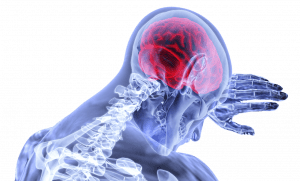 Our new study, “Common and distinct neural representations of aversive somatic and visceral stimulation in healthy individuals” is published in Nature Communications.
Our new study, “Common and distinct neural representations of aversive somatic and visceral stimulation in healthy individuals” is published in Nature Communications.
Understanding the common and distinct brain representations underlying visceral and somatic pain is critical for assessing the neurophysiological mechanisms underlying different forms of pain. While previous studies have pointed to both commonalities and differences, this study identifies brain-wide commonalities that generalize across studies and types of painful stimulation, and brain network-level changes that are robust enough to permit brain-based classification of visceral versus somatic pain in independent participants.
This study shows that Neurologic Pain Signature (NPS) responds robustly to both somatic and visceral aversive stimulation, and correlates with the subjective visceral pain experience. This identifies the NPS as a “common core pain system” that generalizes across pain types, including visceral stimulation. Additionally, the study suggests that, contrary to the NPS, existing signatures for nonpainful affective processes (negative emotion, social rejection, and vicarious pain) do not respond consistently to somatic nor visceral stimulation. This demonstrates the sensitivity of the NPS to pain versus other affective processes and implies that visceral pain does not activate more “emotional” brain patterns compared to somatic pain, as commonly assumed.










